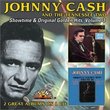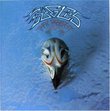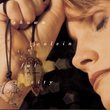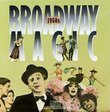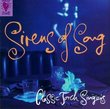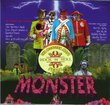| All Artists: Franz Joseph Haydn, Antonio Vivaldi, Pinchas Zukerman, National Arts Centre Orchestra Title: Vivaldi: Four Seasons Members Wishing: 0 Total Copies: 0 Label: Cbc Release Date: 10/12/1999 Genre: Classical Styles: Forms & Genres, Concertos, Historical Periods, Baroque (c.1600-1750), Instruments, Strings, Symphonies Number of Discs: 1 SwapaCD Credits: 1 UPC: 059582519424 |
Search - Franz Joseph Haydn, Antonio Vivaldi, Pinchas Zukerman :: Vivaldi: Four Seasons
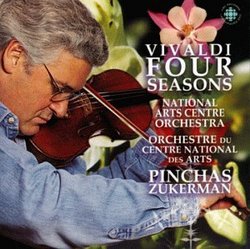 | Franz Joseph Haydn, Antonio Vivaldi, Pinchas Zukerman Vivaldi: Four Seasons Genre: Classical
This easygoing account of The Four Seasons from Pinchas Zukerman and the National Arts Centre Orchestra of Canada was recorded in May 1999, just before the Israeli-born violinist, violist, and conductor officially took ove... more » |
Larger Image |
CD Details
Synopsis
Amazon.com
This easygoing account of The Four Seasons from Pinchas Zukerman and the National Arts Centre Orchestra of Canada was recorded in May 1999, just before the Israeli-born violinist, violist, and conductor officially took over as music director of the Ottawa-based ensemble. It represents a broadside, of sorts, in the war of taste between period-instrument musicians and die-hard members of the old guard, whose number certainly includes Zukerman. Around the time it was taped, he made some provocative and disdainful statements in the Canadian press about the performance of early music on period instruments, and here he shows that he does, indeed, prefer to do things the old-fashioned way, i.e., without much regard for the stylistic niceties of Baroque art. Favoring moderate tempos, smooth articulations, and generous vibrato, he delivers a sunny, fluent, and very conventional reading of the solo part, played with considerable polish (most of the time) but without much fire or imagination. The Canadian ensemble, featuring a large number of strings in an ample acoustic, holds up its end handsomely, but its lardy sound seems quite anachronistic by today's standards. The choice of Haydn's Symphony No. 49 in F minor (La Passione) as filler is an odd one, except that its wintry beginning dovetails nicely with (and is in the same key as) Vivaldi's Winter concerto. --Ted Libbey
Similar CDs
| Johnny Cash Showtime / Original Golden Hits 3 Genres: Country, Pop, Rock Label: Collectables | |
| Tequila Vuelve Tequila Genre: Latin Music Label: Phantom Sound & Vision | |
Similarly Requested CDs
| Beatles 1962-1966 (The Red Album) Genres: Rock, Classic Rock Label: Capitol | |
| Cream Strange Brew: Very Best of Cream Genres: Pop, Rock, Classic Rock, Metal Label: Universal Int'l | |
| Eagles Their Greatest Hits 1971-1975 Genres: Country, Pop, Rock, Classic Rock Label: Asylum Records | |
| Lovin Spoonful All the Best of Genres: Pop, Rock Label: Special Music | |
| Shawn Colvin Fat City Genres: Alternative Rock, Folk, Pop, Rock Label: Sony | |
| Neil Young Unplugged Genres: Folk, Pop, Rock, Classic Rock Label: Reprise / Wea | |

 Track Listings (16) - Disc #1
Track Listings (16) - Disc #1